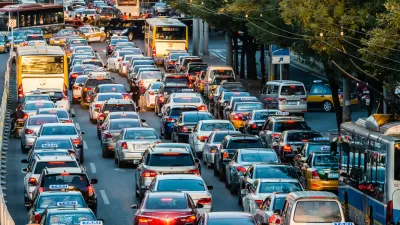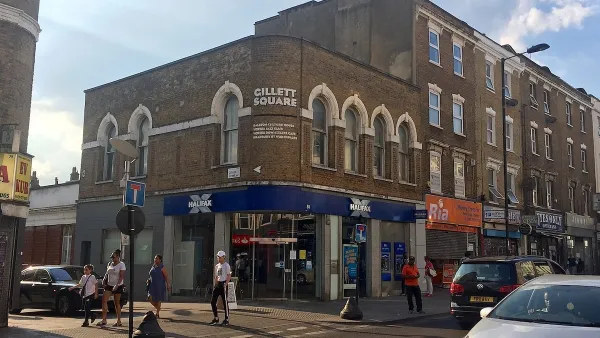Delhi’s unpleasant pollution predicament, and its ensuing health consequences, are causing environmentalists, doctors and local officials to grow increasingly alarmed.
Delhi’s unyielding pollution problems came to the forefront last month, “[w]hen an acrid blanket of gray smog settled over” the city, writes Niharika Mandhana. Environmentalists became concerned and state officials baffled as they sought to better understand “why the air had suddenly gone so bad” she adds. Even doctors are now worried, after seeing sharp increases in visits related to heart and pulmonary matters this winter. Yet despite Delhi’s efforts over the last decade to curb its pollution problem — including closing polluting industries, expanding green spaces, and making costly investments in converting its buses and rickshaws to compressed natural gas — matters seem to be worsening.
Some of the primary factors causing Delhi’s growing pollution and smog include its increasing population, astounding motorization, and lax environmental standards in surrounding areas. “Each day, about 1,400 new vehicles hit the roads of the city, already home to over seven million registered vehicles, a 65 percent jump from 2003” reports Mandhana, adding, “[a]s a result, fine-particle pollution has risen by 47 percent in the last decade. Nitrogen dioxide levels have increased by 57 percent.” Experts such as Anumita Roychowdhury, the executive director of the Center for Science and Environment, asserts that Delhi has “already plucked the low-hanging fruits” in its past policy efforts and that “it’s time for aggressive, second-generation reforms."
Solutions proposed by environmentalists include a heavy tax on diesel vehicles, steep increases in parking charges, and a broad upgrade of the city's public transportation system to ensure greater overall efficiency. Sheila Dikshit, the chief minister of the State of Delhi, denies the gravity of city’s pollution problems, but remains open to new solutions including a “green tax."
“What is alarming is the impact that Delhi’s prosperity and its comfortable living is having on attracting more and more people to come here,” Ms. Dikshit said. “How much we will be able to sustain that impact of people coming and never going out is a big question.”
FULL STORY: ‘Untamed Motorization’ Wraps an Indian City in Smog

Maui's Vacation Rental Debate Turns Ugly
Verbal attacks, misinformation campaigns and fistfights plague a high-stakes debate to convert thousands of vacation rentals into long-term housing.

Planetizen Federal Action Tracker
A weekly monitor of how Trump’s orders and actions are impacting planners and planning in America.

In Urban Planning, AI Prompting Could be the New Design Thinking
Creativity has long been key to great urban design. What if we see AI as our new creative partner?

Cal Fire Chatbot Fails to Answer Basic Questions
An AI chatbot designed to provide information about wildfires can’t answer questions about evacuation orders, among other problems.

What Happens if Trump Kills Section 8?
The Trump admin aims to slash federal rental aid by nearly half and shift distribution to states. Experts warn this could spike homelessness and destabilize communities nationwide.

Sean Duffy Targets Rainbow Crosswalks in Road Safety Efforts
Despite evidence that colorful crosswalks actually improve intersection safety — and the lack of almost any crosswalks at all on the nation’s most dangerous arterial roads — U.S. Transportation Secretary Duffy is calling on states to remove them.
Urban Design for Planners 1: Software Tools
This six-course series explores essential urban design concepts using open source software and equips planners with the tools they need to participate fully in the urban design process.
Planning for Universal Design
Learn the tools for implementing Universal Design in planning regulations.
Appalachian Highlands Housing Partners
Gallatin County Department of Planning & Community Development
Heyer Gruel & Associates PA
Mpact (founded as Rail~Volution)
City of Camden Redevelopment Agency
City of Astoria
City of Portland
City of Laramie




























